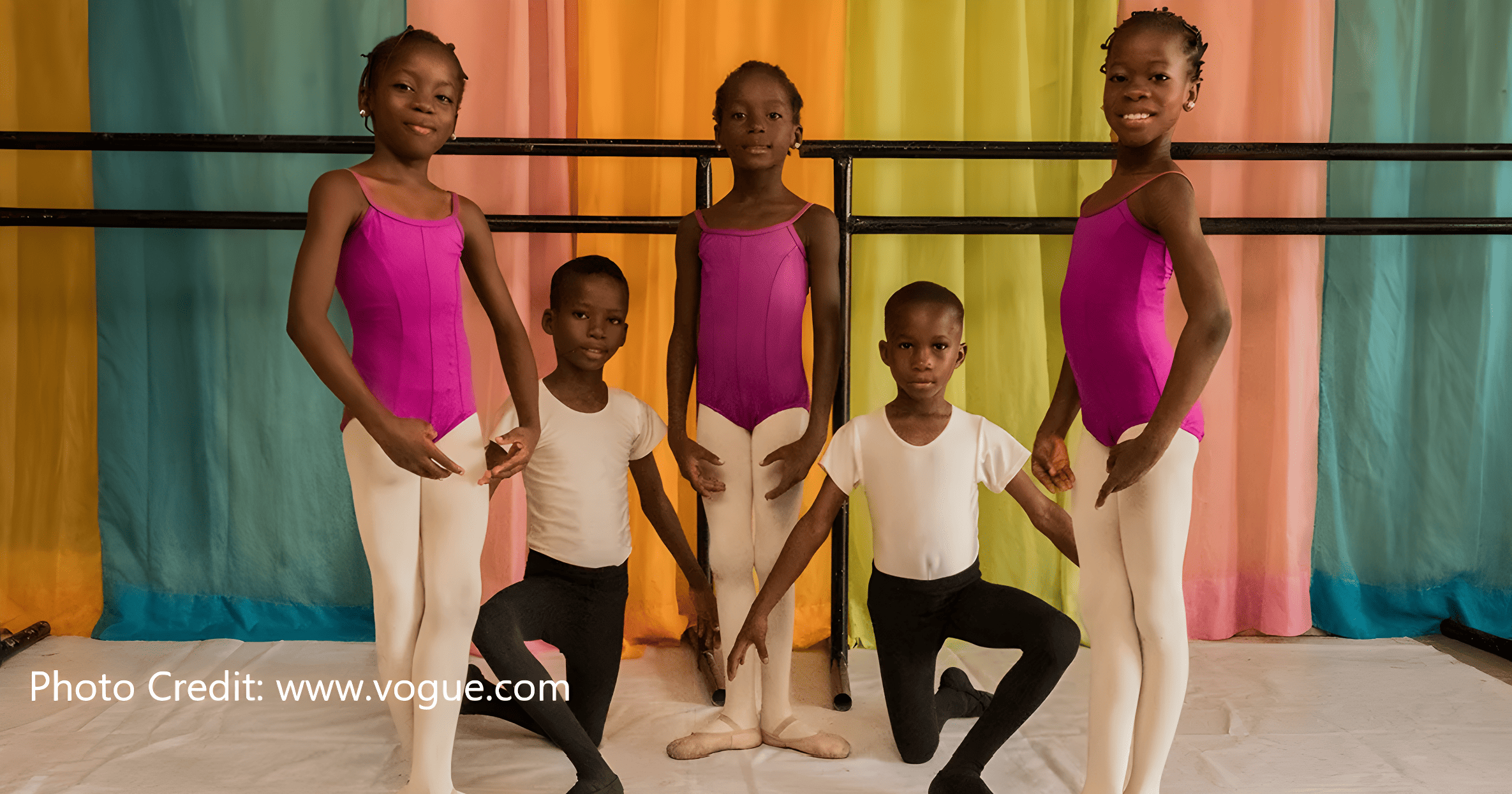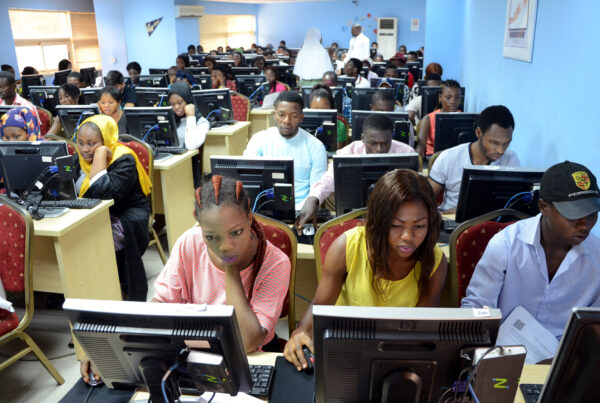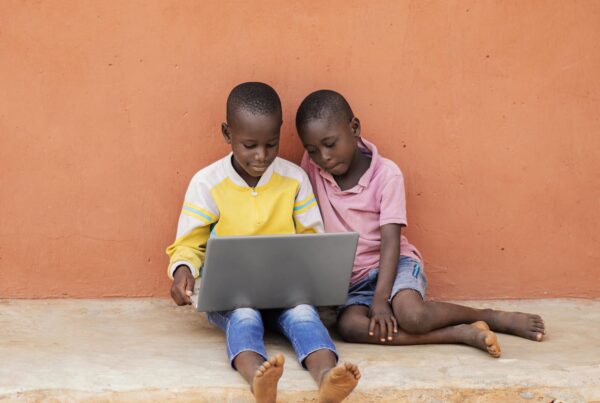As Africa’s education systems evolve to embrace global standards, there is increasing interest in integrating diverse art forms – including ballet – into basic school curricula.
Ballet, a refined and disciplined dance form originating in Europe, offers clear benefits to children: it enhances physical development, fosters creativity, and builds confidence. However, despite its merits, the inclusion of ballet in African basic schools raises critical questions about cultural relevance, accessibility, and identity. While ballet can provide valuable developmental opportunities, its philosophical roots, aesthetic framework, and structural demands often place it at odds with African cultural values and practical realities.
There is no denying the developmental advantages that ballet offers. It cultivates balance, flexibility, posture, and physical strength – skills that support overall health and physical education. Ballet also teaches discipline, focus, and perseverance through structured routines and technical training. On a personal level, mastering ballet choreography can boost children’s confidence and provide a unique form of emotional and artistic expression. Furthermore, in today’s interconnected world, exposure to global art forms such as ballet can promote cultural awareness and broaden students’ horizons. In principle, these are all commendable goals that can enhance a child’s education.
However, while ballet offers these benefits, it remains culturally and philosophically distant from the traditions of most African societies. Ballet stems from 15th-century European court culture and is built on ideals of grace, verticality, and formal presentation. In contrast, African dance traditions are deeply rooted in community life, spirituality, and storytelling. These dances often involve grounded, rhythmic movement, collective participation, and symbolic gestures that serve religious, social, and historical functions. African dances are lived experiences – they are part of funerals, festivals, initiation rites, and healing rituals. Ballet, being a formal performance art often divorced from daily life, lacks this organic connection to community and tradition.
This disconnection raises concerns about cultural dilution. By promoting ballet in basic schools, educators may inadvertently marginalize indigenous African dance traditions, which are already under threat from the dominance of Western culture. Children may begin to view their own traditional dances as outdated or inferior when ballet is positioned as more sophisticated or “proper.” This can have a lasting impact on cultural self-esteem and identity, particularly in young learners who are still forming a sense of self.
Accessibility is another pressing issue. Ballet requires specific attire (leotards, tights, ballet shoes), dedicated studio spaces, and trained instructors – resources that are simply unavailable in many African schools, especially in rural or economically challenged areas. These limitations risk making ballet an elitist pursuit, available only to children in well-resourced urban schools. This contradicts the goal of inclusive education and reinforces class divides.
Beyond material concerns, ballet’s individualistic and performative nature stands in contrast to the communal and participatory values of African societies. Traditional African dances are inclusive, often performed by entire communities with minimal separation between performers and audience. They emphasize unity, shared experiences, and cultural transmission. Ballet, on the other hand, is structured for stage performance, often emphasizing technical perfection over collective expression. This divergence limits its resonance with African social values, which prioritize togetherness and communal identity.
It is also important to consider the educational priorities of many African countries. Schools are already burdened with challenges such as overcrowding, inadequate funding, and teacher shortages. Introducing a resource-intensive, culturally unfamiliar discipline like ballet may not be the most efficient or impactful way to enrich arts education. Instead, investing in the development and preservation of indigenous dance traditions can provide culturally rooted, low-cost, and highly meaningful alternatives that support identity, creativity, and learning.
Ballet, with its many physical, psychological, and artistic benefits, has a place in global education. However, in the African context, its inclusion in basic school curricula must be carefully weighed against cultural, logistical, and educational considerations. While it can serve as a valuable supplement, it should not displace or overshadow indigenous dance forms that are deeply embedded in African life and values. A culturally balanced arts education – one that honors tradition while embracing global perspectives – will better serve African pupils, preserving heritage while preparing them for a connected world.




